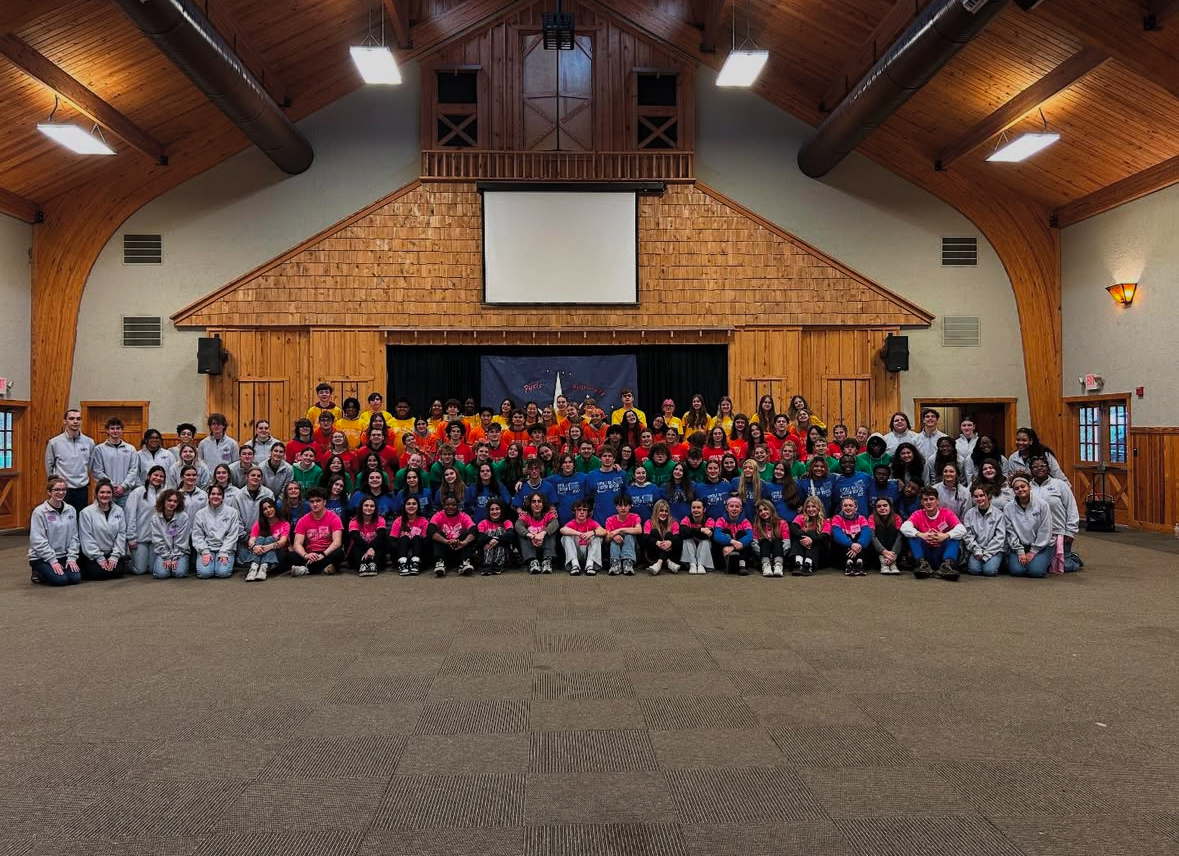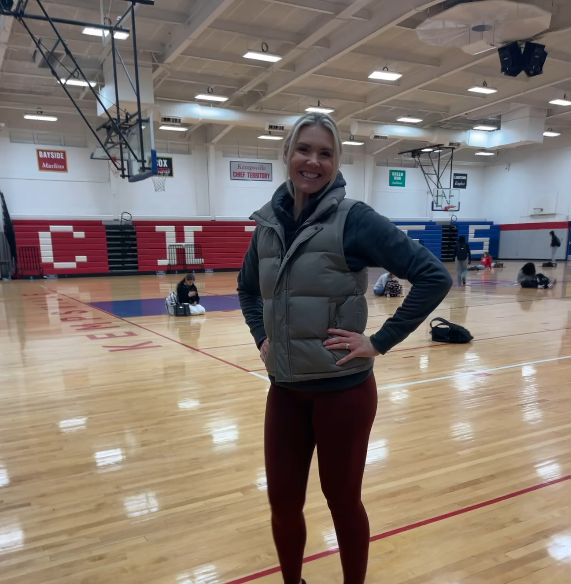The art of thrifting has been mastered by very few. Thrifting has seen a jump in demand with the growth of social media. People have rushed to thrift stores looking for clothes that can be styled in a cool, new way to keep up with the fashion trends of 2024.
In 2024, the trend of thrifting has been deemed edgy and cool with a few guidelines to follow to maximize purchasing choices.
Brands
When looking for some of the best clothing choices, one of the biggest details to consider is the brand. It is common knowledge that some brands hold up better than others or have a more luxurious standing in society.
According to Washington Post, writer Hannah Holland, “Keep your eyes peeled for old-school brands like Levi’s, Wrangler, Lee and Carhartt.” These brands are well known for a reason; their ability to hold up well against daily wear and tear is notorious in the denim community.
Even in thrift stores, brand names may be a little bit pricier compared to the average thrift clothes, but the quality they bring to your wardrobe is priceless. So next time you are sifting through the racks, give the name-brand shirt a double glance.
Quality
When picking out your next fashion statement, the quality can speak volumes about the usefulness of the item.
Quality of thrifted clothing, according to Kempsville High senior, Sarah Hedinger, is “the material, if I really like the design and I think it would fit good but if the material is thin and dry or cheap, then it’s like ‘I don’t know about that.’”
This is all too common as many thrifters notice the difference in how their clothes hold up depending on the materials.
In Expert tips on how to start thrifting, Holland says “clothes that lasted your grandpa 50 years are likely to last you 50 more.” Your grandpa’s clothes are likely made 100 percent from cotton, silk, linen wool, or any natural fibers.
Unlike natural fibers, synthetic fibers are man-made. As a result, synthetic fibers break down more quickly from daily wear and wash cycles. Natural fibers don’t do any of this which is why they last so much longer than synthetic fibers.
Thrift stores have great hidden gems, but they also have poor-quality items that look like hidden gems. So, keep your eyes peeled for materials and any other cosmetic issues. One of the worst things that can happen after thrifting is getting home and realizing you didn’t buy Grandpa’s shirt but instead a fast-fashion scam.
Sustainability
One of the biggest and hottest reasons why thrifting has increased is that many have come to defend how thrifting is more sustainable than any other practice for buying clothes, especially in the world of fast fashion.
Seth Parker, a senior at Kempsville, says “I don’t really buy new clothes at this point. Mainly because I can find decent clothes that are thrifted, and don’t have little kids in China make them. Even if I buy clothes from sweatshops, at least it’s second hand so I don’t contribute to that.”
While child labor exploitation has been highly called out, fast fashions are also contributing to another big issue: consumer waste issues. In their Fast Fashion Waste Statistics, Earth.Org reported that 92 million tons of clothes end up in landfills as concerns for rising global emissions increase.
While buying second-hand clothes, look out for the fast-fashion clothes that litter the thrift stores. These types of clothes are typically made up of blends of materials or polyester, meaning they do not hold up well and degrade quickly.
Buying second-hand clothes is a great way to go against fast fashion chains, like SHEIN, Zara, and Forever 21. By not supporting these corporations, it’s a great way to make your closet fashionable while not giving in to cheap, unethical fast fashion.
Trends Upon Trends
There are so many different types of clothes in thrift stores, from women’s dresses to men’s shoes. It can almost be overwhelming, but there are a few things to keep in mind.
So often, it’s easy to get caught up in what is trending, and how our wardrobes reflect the trends. But, the current trending styles should matter less, instead invest your money into clothes that you like and believe are worth wearing.
When picking out her next new wardrobe piece, instead of thinking about the trends, Sarah Hedinger considers, “Would I wear it? Do I like it? Would I pay for it? If normally it’s like double the price, I wouldn’t get that.”
Kempsville Senior, Kaitlyn Calkin, falls into the same category and only wants to buy clothes that without a doubt she knows she will wear.
“I think of how I would style it, and how often I would wear it, and if it’s good quality… And the materials, and if it’s stained or anything. But if it’s worth buying, it’s not stained, it’s good quality, and I would wear it,” says Calkin in her process of choosing her clothes.
Buying clothes should feel empowering and bring confidence to their new owner. So, next time you are thrifting remember the biggest guide to thrifting is trusting yourself and picking out the clothes you love.














